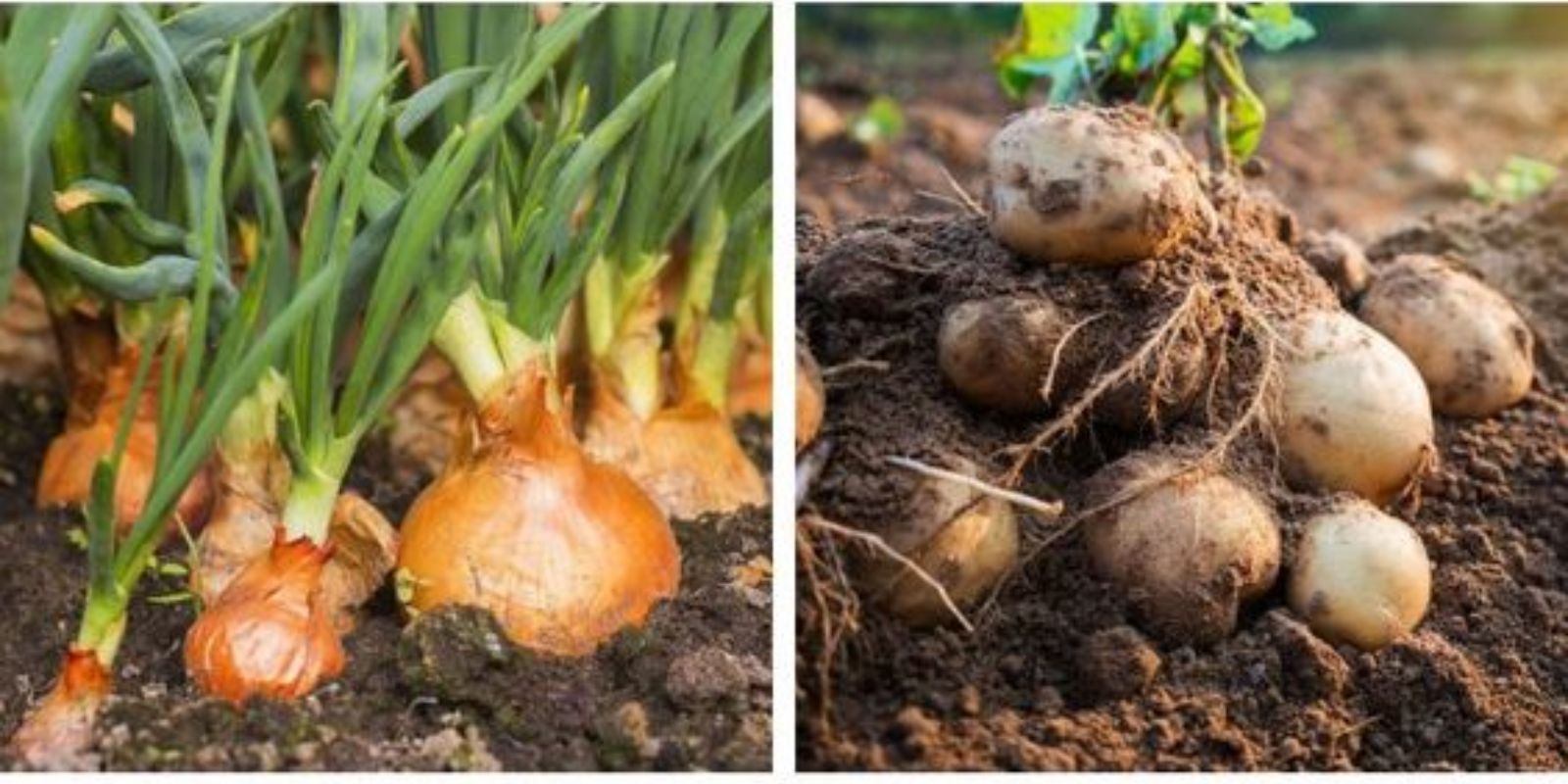Gardening is an art and a science, and over the years, gardeners have developed a variety of methods to optimize yields and improve plant health. While traditional techniques remain valuable, exploring unconventional gardening methods can yield extraordinary results. These innovative approaches can transform your garden, enhance productivity, and make the most of your space. This article will delve into some of the most effective unconventional gardening techniques that promise bountiful harvests.
1. Vertical Gardening
Vertical gardening is a game-changer for those with limited space or who wish to maximize their garden’s potential. By growing plants upwards rather than outwards, you can save ground space and create a visually appealing garden.
- How It Works: Utilize trellises, wall planters, and vertical racks to grow climbing plants like beans, cucumbers, and tomatoes. This technique also works well for herbs and small flowers.
- Benefits: Vertical gardening improves air circulation around plants, reducing the risk of fungal diseases. It also makes harvesting easier and keeps plants off the ground, which can help prevent pest problems.
- Tips: Choose sturdy supports and regularly train plants to grow in the desired direction. Incorporate companion plants to enhance productivity and protect against pests.
2. Companion Planting
Companion planting involves growing specific plants together that benefit each other. This technique can enhance growth, improve flavor, and reduce pest problems.
- How It Works: Pair plants with complementary properties. For example, planting marigolds alongside tomatoes can help repel nematodes and other pests. Beans and corn can be grown together, as beans fix nitrogen in the soil, which benefits corn.
- Benefits: Companion planting maximizes space and resources, reduces the need for chemical fertilizers and pesticides, and can lead to healthier, more productive plants.
- Tips: Research compatible plant combinations and consider their growth habits and needs. Keep in mind that some plants may compete for resources, so choose partners that have similar requirements.
3. Square Foot Gardening
Square foot gardening is a method designed to maximize space and simplify the planting process. It’s ideal for small gardens or urban environments.
- How It Works: Divide your garden into square sections, each measuring 1 foot by 1 foot. Plant different crops in each square based on their spacing requirements. For example, you might plant 16 radishes, 4 lettuce, or 1 tomato in a single square foot.
- Benefits: This technique makes efficient use of space and ensures that plants are spaced optimally. It also simplifies garden planning and maintenance.
- Tips: Use raised beds or containers to create your square foot garden. Incorporate a mix of fast-growing and slower-growing plants to maximize yield.
4. No-Till Gardening
No-till gardening is a method that avoids disturbing the soil. This technique helps maintain soil structure and health while promoting a more sustainable garden.
- How It Works: Instead of tilling or plowing the soil, add organic matter like compost or mulch on top. Over time, this creates a nutrient-rich layer that improves soil fertility and supports beneficial organisms.
- Benefits: No-till gardening reduces soil erosion, preserves soil structure, and encourages the growth of beneficial microbes and earthworms. It also minimizes the risk of weed problems and can lead to better water retention.
- Tips: Add organic matter regularly and use mulch to keep weeds at bay. Make sure to use minimal disturbance techniques when planting seeds or seedlings.
5. Aquaponics
Aquaponics is a sophisticated method that combines fish farming (aquaculture) with hydroponics (soil-less plant cultivation). It creates a self-sustaining ecosystem where fish and plants benefit from each other.
- How It Works: In an aquaponic system, fish waste provides nutrients for the plants, while the plants help filter and clean the water for the fish. This creates a closed-loop system that mimics natural ecosystems.
- Benefits: Aquaponics reduces water usage, as the water is continuously recycled. It also produces fresh fish and vegetables in a compact space, making it ideal for urban gardening.
- Tips: Ensure proper balance between fish and plant species. Monitor water quality and nutrient levels regularly to maintain a healthy system.
Implementing These Techniques
Integrating unconventional gardening techniques into your practice requires planning and adaptation. Here are some steps to get started:
- Research: Investigate each technique to determine which suits your gardening goals and available space. Consider factors like climate, soil type, and personal preferences.
- Plan: Create a detailed plan for implementing the chosen methods. Decide on plant varieties, layout, and any additional resources you may need.
- Start Small: Begin with a small section of your garden to test the techniques. This allows you to evaluate their effectiveness and make adjustments before committing to a larger area.
- Monitor and Adapt: Regularly assess the performance of your chosen techniques. Monitor plant health, yield, and any issues that arise. Be prepared to adapt your approach based on observations and results.
- Share and Learn: Engage with gardening communities or local gardening groups to share your experiences and learn from others. Online forums and social media platforms are excellent resources for finding tips and support.
Conclusion
Exploring unconventional gardening techniques can lead to remarkable improvements in your garden’s productivity and health. Whether you’re experimenting with vertical gardening, implementing companion planting, or trying out no-till or aquaponics systems, these innovative methods offer new ways to enhance your gardening experience.
Ready to transform your garden with these unconventional techniques? Share your thoughts, ask questions, or discuss your experiences below! Let’s cultivate our gardens creatively and enjoy the rewards of a bountiful harvest. 🌿🌟

